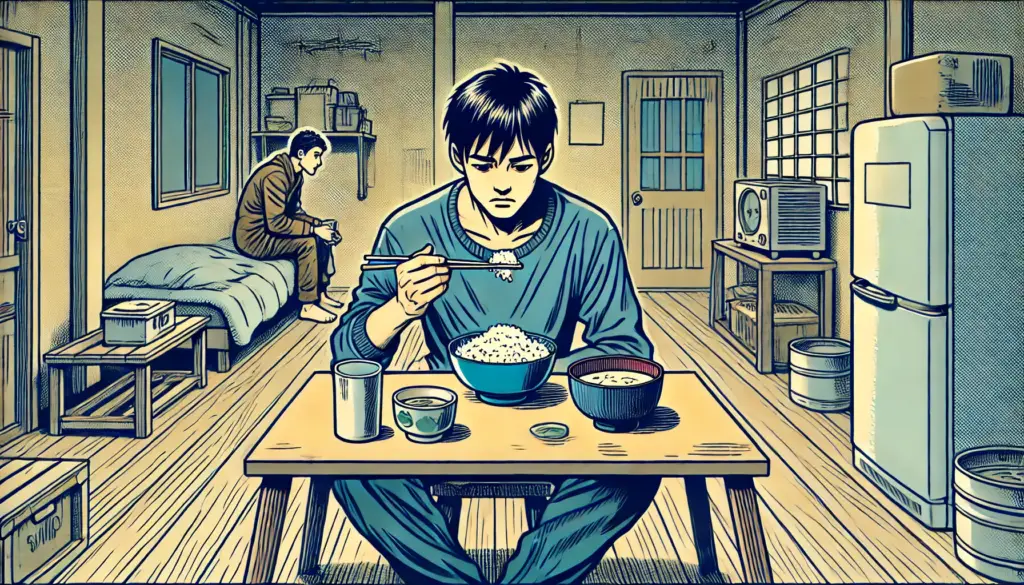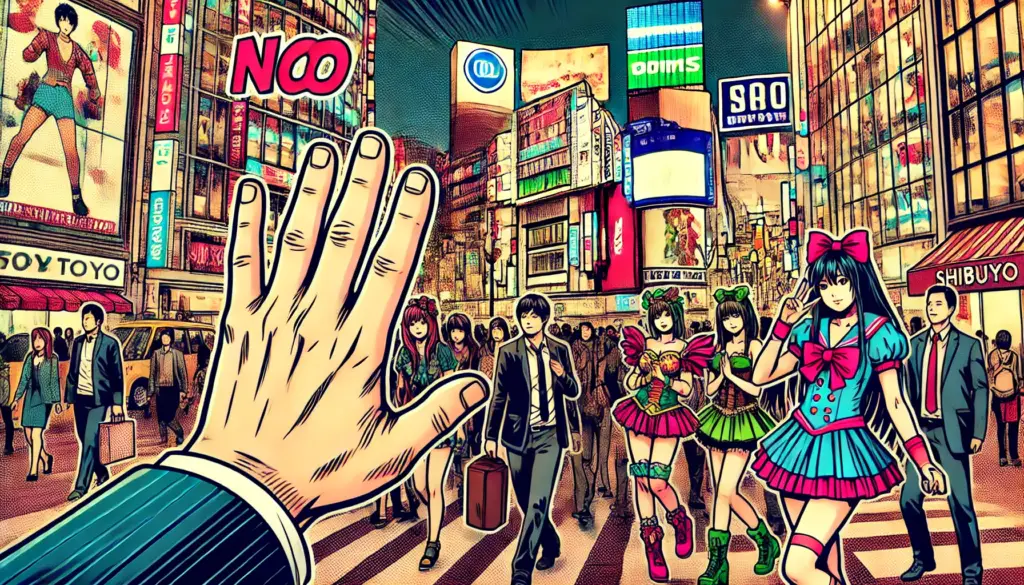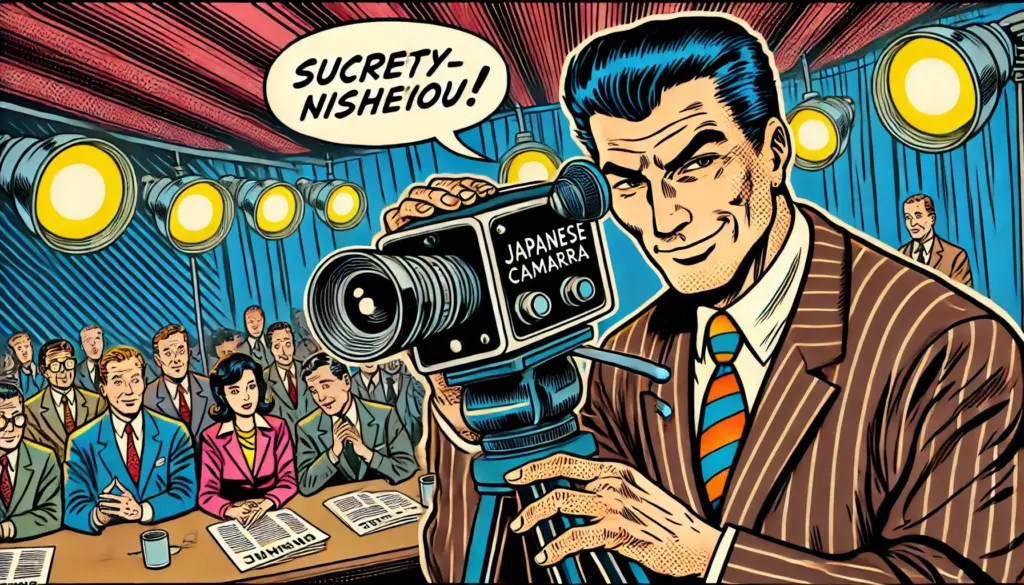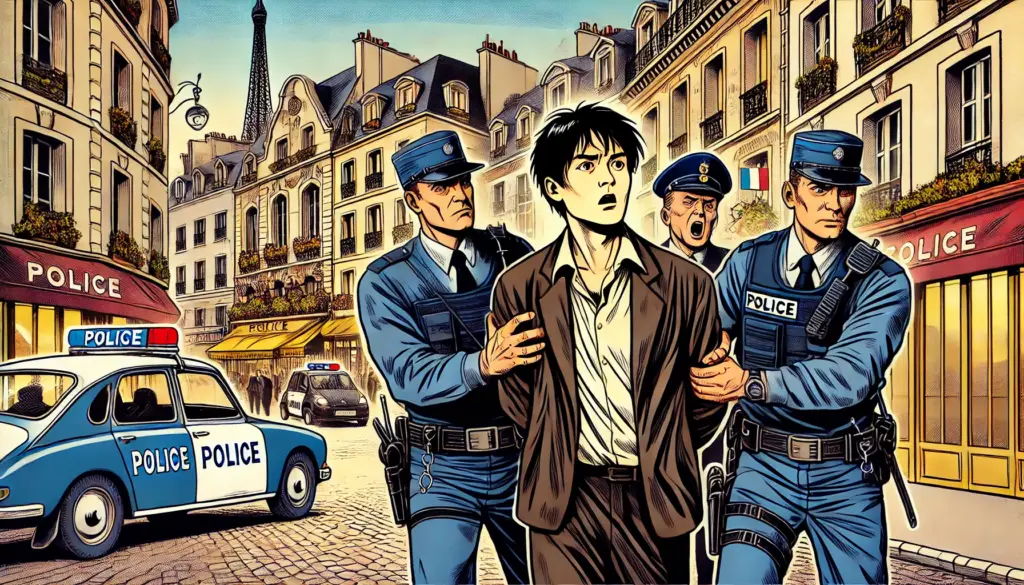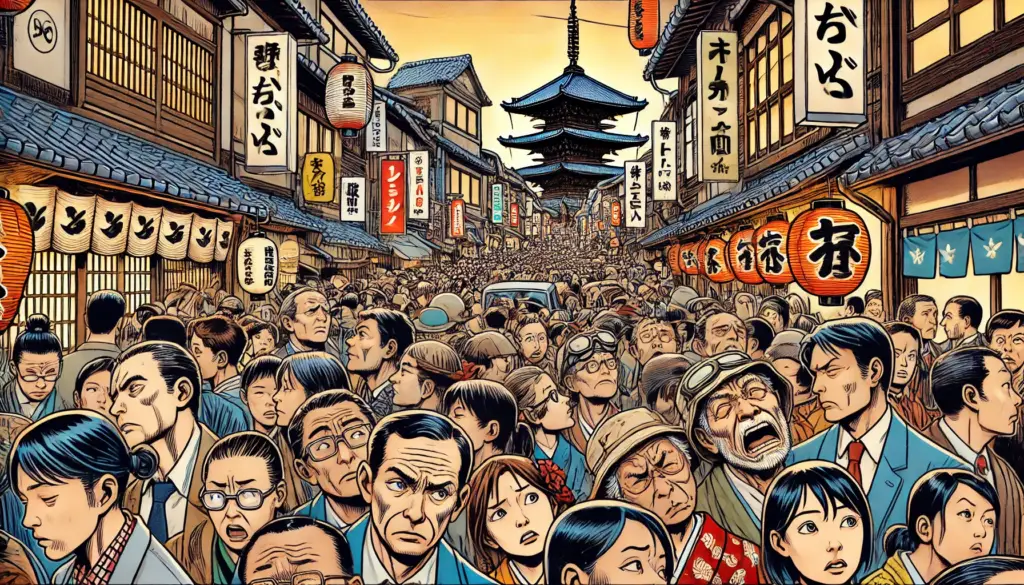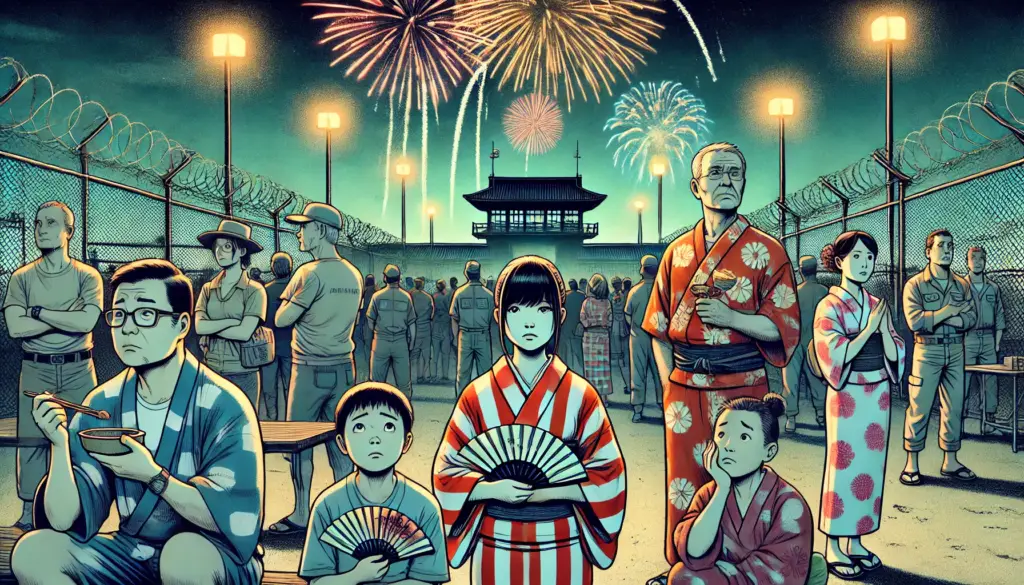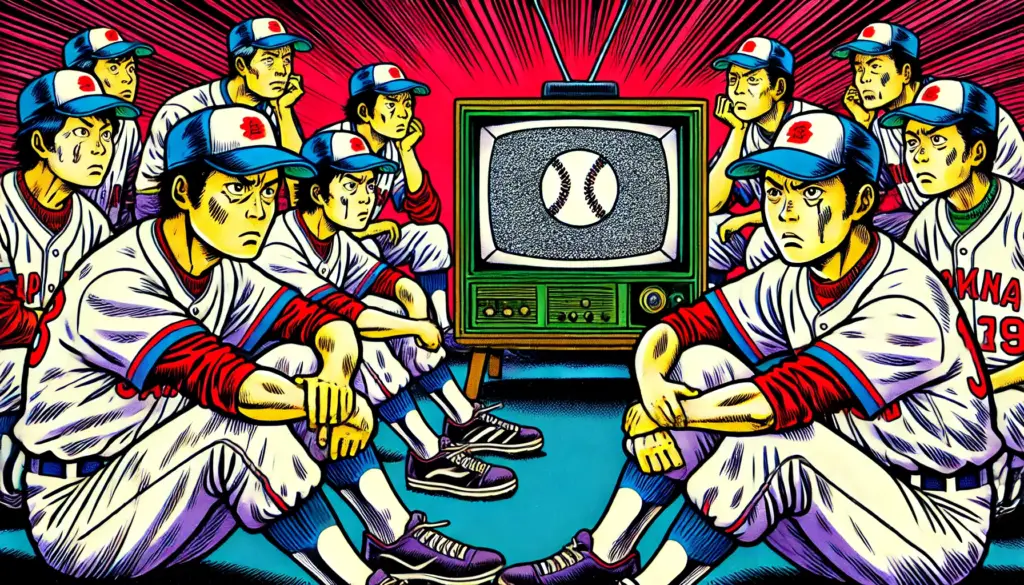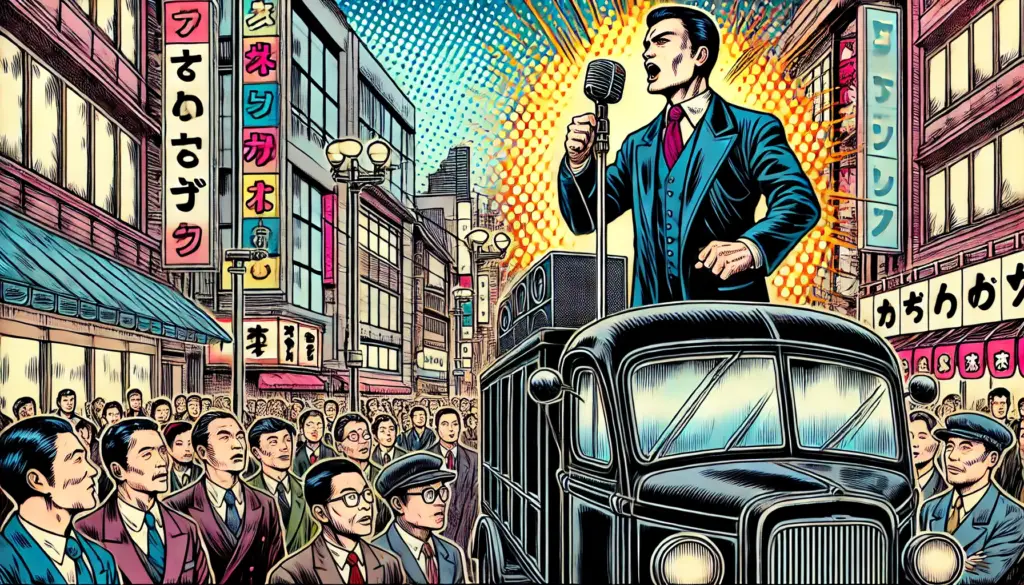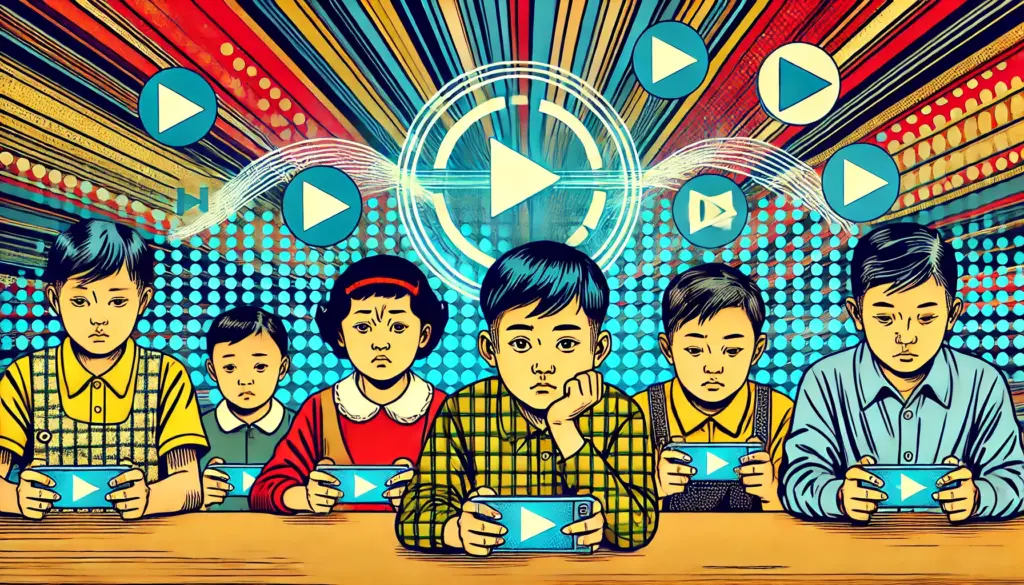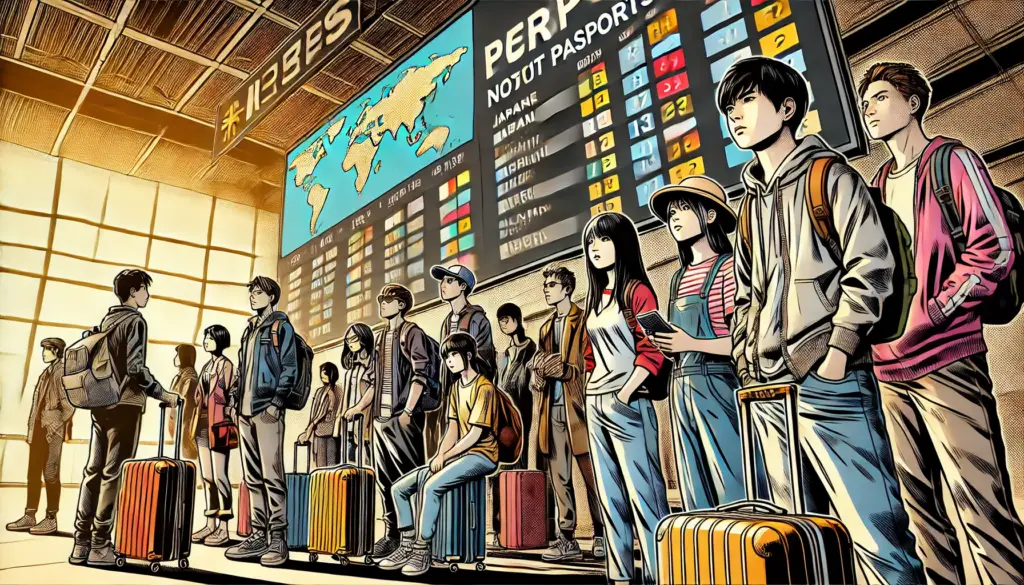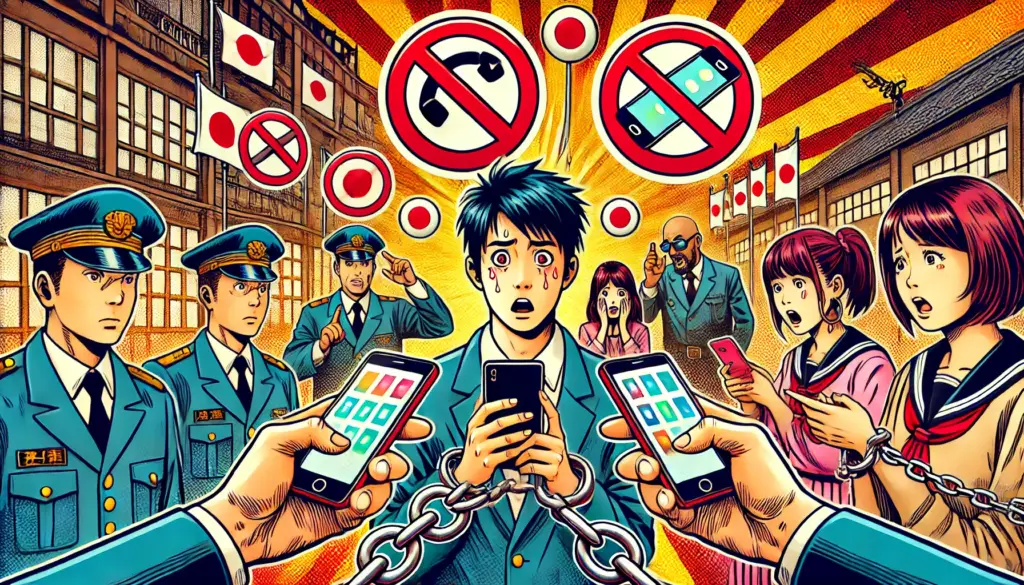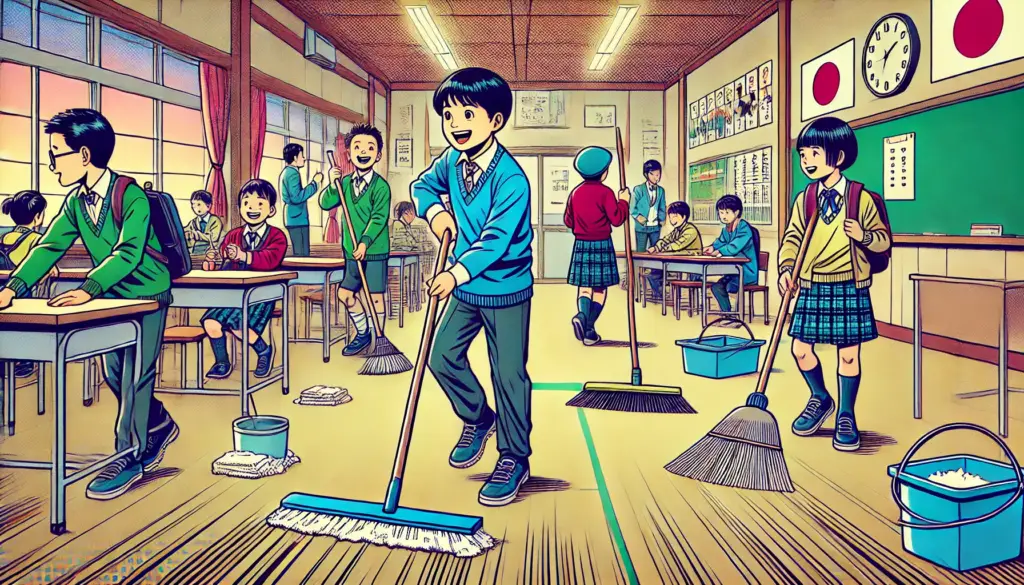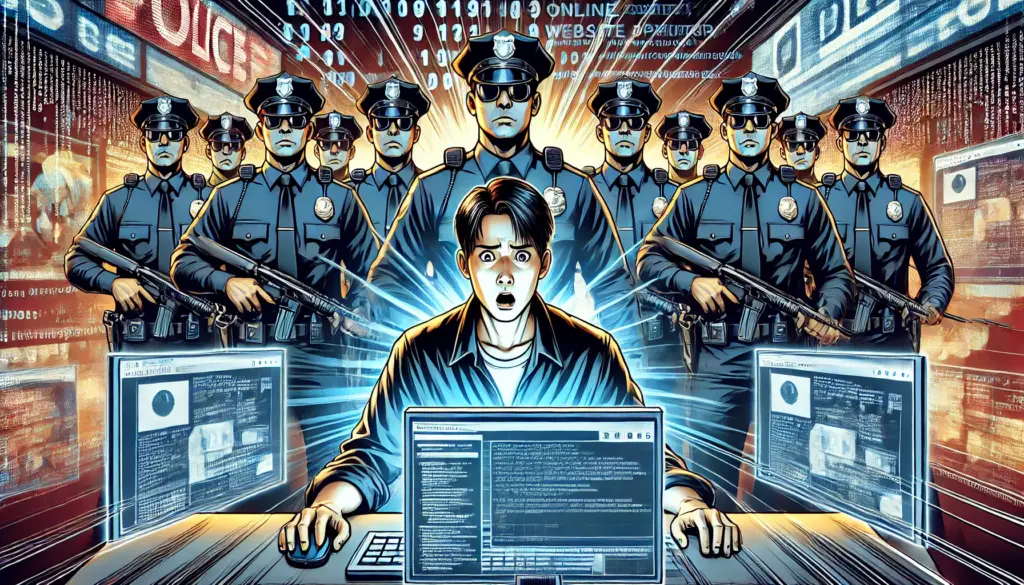
Something extraordinary is happening in Japan’s indie gaming and cinema scene—and it’s centered around a surreal underground corridor.
The Unexpected Journey of The Exit 8 Game
The Exit 8 (original title 8番出口) launched in late 2023 as a deceptively simple walking simulator. In it, players wander through eerily realistic metro passageways, spotting subtle “anomalies.” Spot one? Turn back. Miss it? You’re reset to the very beginning. Doing this perfectly eight times? Only then can you finally reach “Exit 8.”
This mechanic turned each loop into a psychological riddle, with tension building through repetition and sharp observation. Streamers quickly discovered how entertaining it was to watch others panic over tiny differences—a misplaced sign, a flickering light, a passerby walking “wrong.” The game’s claustrophobic design fed paranoia in spectacularly simple ways.
By mid-2025, the game had sold millions worldwide and earned nominations for major awards. Reviewers praised how a minimalist idea became a masterclass in psychological tension. More importantly, it became a cultural talking point: how something so small could disturb players so deeply.
Why It Became a Trend
The rise of Exit 8 was not just about gameplay—it tapped into larger cultural currents.
- The Liminal Space Aesthetic
Empty corridors, sterile passageways, and eerie everyday settings are unsettling. Players recognized their own late-night station experiences, but twisted slightly into the uncanny. - Perfect for Social Media
Short loops and shocking resets made the game ideal for TikTok, YouTube, and streaming platforms. Clips went viral, spreading curiosity far beyond core gaming circles. - Universal Appeal
Unlike many horror titles, it didn’t require reflexes or combat. Anyone could play, which broadened its reach globally.
From Screen to Cinema: The Film Adaptation
The buzz reached a new level when a live-action film adaptation was announced. Titled simply Exit 8, it brought together notable Japanese actors and a director with a reputation for blending surrealism and emotion.
The big question: how do you adapt a minimalist walking simulator into a 90-minute thriller? Surprisingly, the answer was to stay faithful to the game’s logic while expanding the emotional dimensions.
The film introduced three perspectives:
- The Lost Man, trapped in the endless corridors, played with intensity and vulnerability.
- The Walking Man, representing routine and compulsion, echoing the game’s repetitive nature.
- A Child’s Perspective, adding innocence and fear into the unsettling environment.
When it premiered internationally, audiences were stunned. Reviewers called it “a rare game adaptation that feels like the game itself.” Standing ovations confirmed that the experiment had worked.
What Makes the Game So Compelling
Psychological Hooks in Minimalism
You are alone in a sterile corridor. Something’s off—but what? One wrong judgment, and you start over. This endless loop captures the essence of anxiety and paranoia.
Everyday Horror
Rather than monsters or gore, the horror comes from subtle wrongness. It’s a reminder that unease often lurks in ordinary spaces.
Shared Anxiety
Watching others play became almost more popular than playing. Streamers screamed over tiny details, and audiences loved the tension.
How the Film Expands the Experience
Cinematic Translation of Game Logic
The corridors are faithfully recreated, putting viewers directly into the game’s unsettling loop. Every hallway feels familiar yet terrifying.
Emotional Depth
While the game focused purely on observation, the film introduces themes of memory, guilt, and redemption. It turns a minimalist concept into a layered psychological narrative.
Broader Global Appeal
The story resonates with universal feelings—being stuck, being watched, being unsure of reality. This allowed the film to transcend its niche origins and connect with international audiences.
My Perspective: Why Exit 8 Matters
- Indie Innovation
A solo-developed indie game becoming a global film sensation is groundbreaking. It shows that creative risk can reshape culture. - Cross-Media Storytelling
Too often, game adaptations feel forced. Exit 8 proves that faithful translation is possible, respecting both mediums. - Blueprint for the Future
More indie games may follow this path—compact, high-concept works with emotional resonance transitioning to film. - Urban Isolation as a Theme
The endless corridor mirrors the alienation many feel in modern urban life. It’s not just horror—it’s commentary.
Final Thoughts
Exit 8 isn’t just a quirky indie game or a Japanese thriller. It’s a cultural moment that reveals how simple ideas can unsettle millions, how ordinary spaces can become terrifying, and how indie creativity can reshape entertainment globally.
Whether you’re a gamer, a film lover, or someone curious about the strange beauty of everyday spaces, Exit 8 offers an experience that lingers long after the exit has been found.



